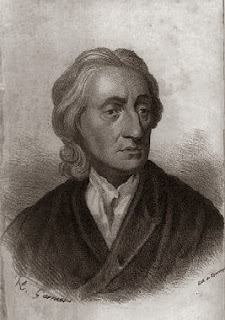The Hindu tradition is rooted in the
Vedic Age, the period of Indian history that extends from approximately 1500 BC to 600 BC The Vedic Age was a time of fusion of different cultures and traditions, and one source that almost certainly contributed to this cultural amalgam was the great civilization that centered on the Indus Valley cities of
Harappa and
Mohenjodaro. Another source of the cultural heritage was the widely scattered people who spoke
Dravidian languages, the modern representatives of which are
Tamil and
Telugu. The possibility exists that these people were closely related, either ethnically or in terms of cultural influence, with the
Indus Valley civilization.
The third great source of cultural ideas and practices was the peoples who migrated into northwest India in the first half of the second millennium BC These were the people known as the
Aryans, and while not all the chief features of the Hindu tradition can be traced to the Aryans, nevertheless it was they who imposed a distinctive order and character upon the Vedic age. The Veda is not a book in the ordinary sense, nor even a collection of books, like the Bible. Rather, it is the name given to the extremely diverse materials composed over a period of a thousand years by a priestly class.
This vast corpus of scripture can be classified under four headings that indicate content, and, very roughly, the chronological development of the materials. First are the Samhitas, collections of hymns used in the rirual. There are four of these collections, the Rig Veda,Yajur Veda, Sama Veda, and Atharva Veda. The
Rig Veda, the oldest and most important of these, some of which may have been written before the Aryans had entered India, while others were written hundreds of years afterwards.
The second class of Vedic literature, the Brahmanas are interpretations in prose of the meaning of the ritual acts of the older Samhitas. The interpretation frequently take the form of allegories, and they provide an indication of the way in which an attempt was made to bring the past into relationship with changing patterns of thought and social life.
The third category of the Veda, the
Aranyakas, or "Forest Books," treated the details of the rituals of the former collections as symbols of hidden truths. The Upanishads, the fourth category, are outgrowths of the Aranyaka literature; they display a great freedom of speculation in the discussion of the symbolic meaning of the old ritual. In the subsequent Indian thought, the Upanishads have a dominant place and rather out-shadow the more ancient texts; one of the great scholars of the 20th century
Sarvepalli Radhakrishnan, translated the Upanishads into modern English, and parenthetically, Dr. Radhakrishnan was also the second president of India after Rajendra Prasad.
Altogether, the four categories of Vedic literature comprise what is accepted by Hindus as authoritative scripture.









